so many lives I was denied to return
now I feel the earth of our ancestors beneath my feet
she is inclined towards me
she invites me to linger
to be free
to let myself go
fearless without inhibitions
it is time to return
to remember what was
of what has been forgotten
Cologne, 2009
Winding paths
I wrote these lines more than 15 years ago. Since then, I have been researching Celts, and later megaliths and shamanic cultures. This journey leads more and more deeply into my consciousness. It shows me paths that are often rocky and bumpy. These paths are the spice of life. They run like snake tracks and are often devoid of the materialistic logic that dominates our world view.
‘Aren't you scared?’, ’Are you crazy?’ These are some of the reactions I got from people around me when I decided to resign from my job as a civil servant and teacher in Cologne in 2010. My husband and I moved to Toulouse in South West France because the need to get closer to nature was overwhelming. And no, I wasn't afraid, I was curious.
The nearby, marvellous mountains of the Pyrenees have been enchanting us ever since with their beautiful landscapes and their variety. Between the Atlantic and the Mediterranean, between France and Spain. We don't have to travel to the Andes or the Himalayas to connect with ancient places. They also exist in Europe; we have just forgotten them.
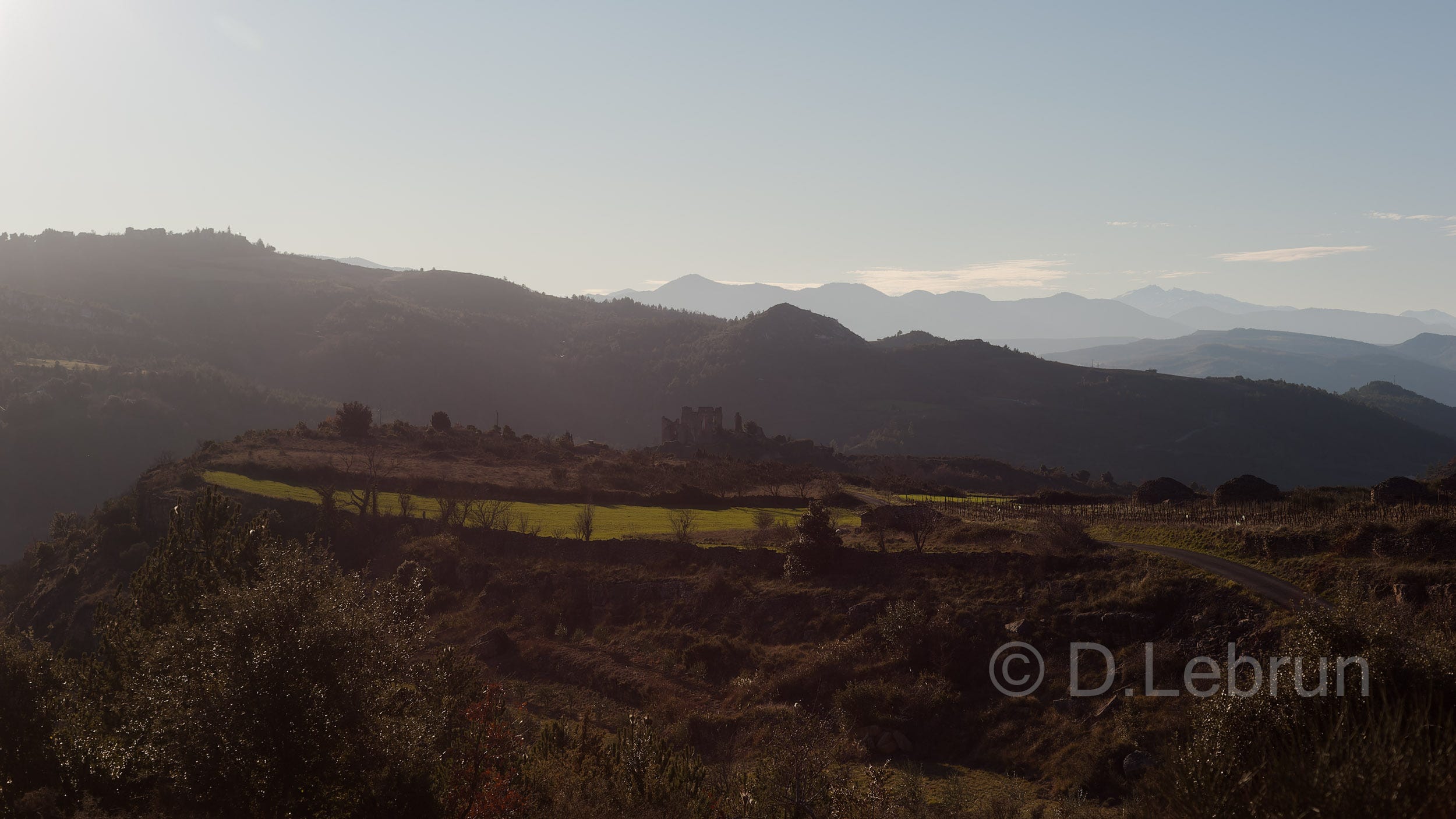
Celts and Germanic people: As inward as outward
When we explore our history (also by means of archaeological sites), we understand that the pre-Roman cultures in Europe were very similar to the indigenous cultures of today. The Celtic and Germanic people fell victim to Caesar's conquest and to the Christian missionary fervour and became assimilated. Whether the customs of the Celts and Germanic people differed greatly is a matter of debate (source: Francia). Obviously, they were closely connected to nature and lived in harmony with her. They saw nature, both inside and outside, as a friend and not as a threat.
In memory of my mother's birthday.
2nd February is the ancient Celtic festival of Imbolc (Candlemas in the Christian faith), which celebrates the transition from winter to spring and is dedicated to the goddess Brigid.
Perceiving inner and outer nature as being the enemy is a construct of the Catholic Church, which sees the feminine, the earthy and the sensual as being particularly threatening. Original sin, demonising femininity from birth and making us feel guilty, is misogynistic. The Inquisition justified torture and executions with original sin and brought endless suffering to the wise women and healers of the Middle Ages.
The relationships between femininity, nature, holiness and the mother goddess were thus pushed into collective oblivion. Today we are busy with this inner archaeology and are trying to recognise the healing patterns again and to bring them into the light. Countless self-healing books, esoteric congresses, meditation programmes and gurus bear witness to this.
Freya - the untamed goddess
Why is the Trinity exclusively male in the Christian faith? The three matrons existed in pre-Roman, pre-Christian times in Cologne and the Eifel (a region in North Rhine-Westphalia). Statuettes of female goddesses are the most common representations of spiritual affinity in Ancient Europe between 6,000 - 3,500 BCE (source: Gimbutas).
The pre-Roman, pre-Christian mother goddess of Germanic cultures is Holle and she is surrounded by a marvellous pantheon of goddesses (source: Foucher), which is in no way second to the Greco-Roman pantheon. My favourite goddess is the wild Freya, who is both a flow of energy and a natural phenomenon. For me, she embodies this deep feminine energy to which I dedicate my photo project ‘Deep Feminine’. There is no depiction of Freya, but she can be sensed. She lives in old places, where we can be close to her.

Protect old sites!
Ancient sites are increasingly under threat. We have been relentlessly consuming our earth especially since the industrial revolution 180 years ago. Sacred places of power in nature and cultural landscapes are threatened by the rapid expansion of infrastructure, industrial agriculture and forestry. Old trees are being cut down at breakneck speed to be turned into pellets. What madness to believe that we can satisfy our gigantic hunger for energy with wood. I am in favour of banning the felling of trees that are more than 150 years old. How can we short-lived humans presume to pass a death sentence on a much older living entity?
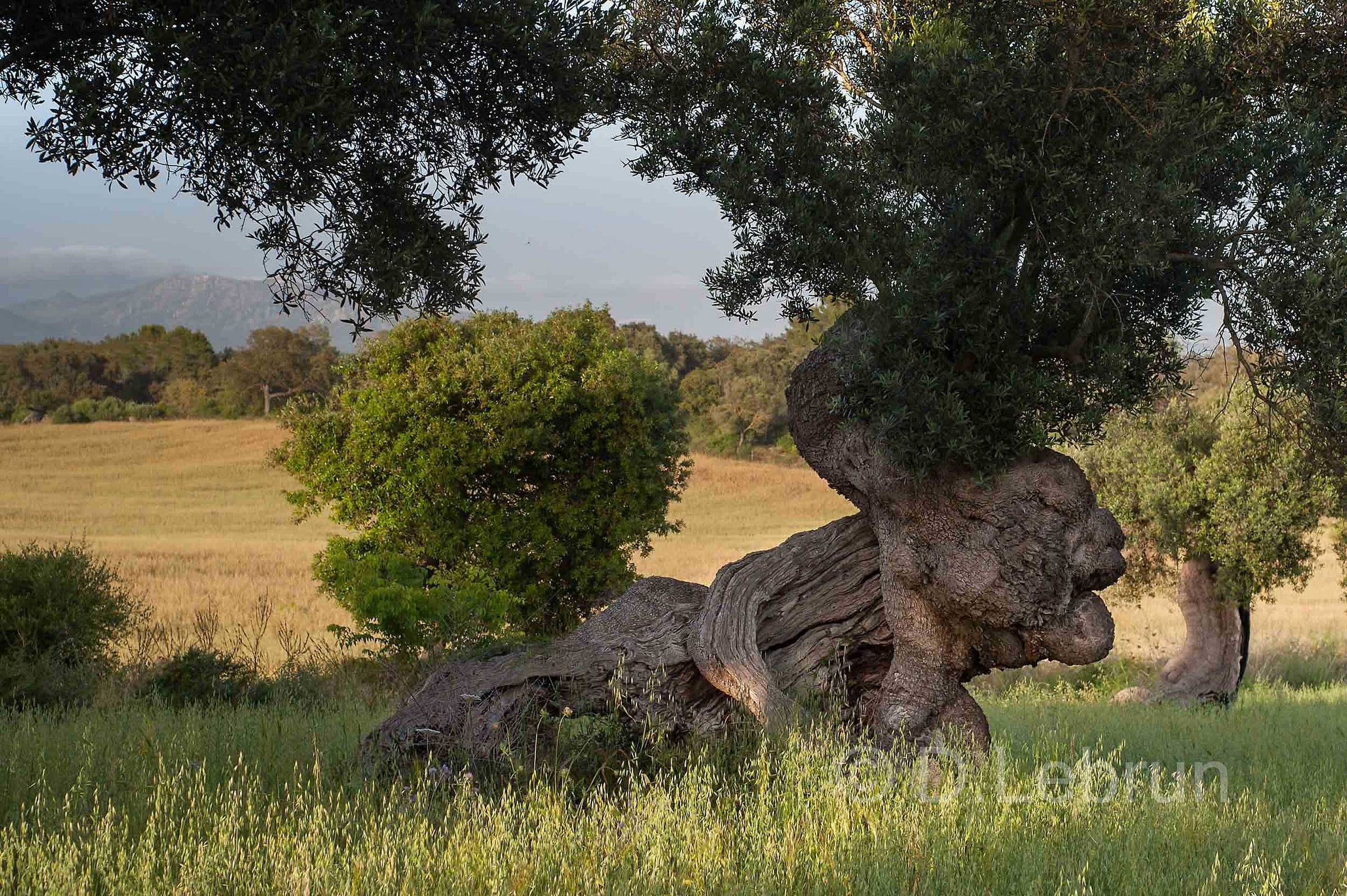
In France, less than 2% of the forest area is primary forest. More and more fast-growing forests are being planted in monocultures and in age classes. You can often see huge plots of land that have been clear-cut and even the roots have been brutally ripped out of the ground with excavators in order to process them into pellets. As a result, valuable nutrients and the regeneration potential of the forest soil are irretrievably lost.
Only when a place is untouched for a long time, whether it is a sacred grove, a small place of worship or chapel, an old tree or a megalithic building, can the delicate energy of the goddess manifest herself. We then perceive these places as special. In the corner of our eye, we think we see a fairy or a dwarf in the undergrowth. This is a good place to rest, meditate, cuddle and feel good. You can recognise it by the moss-covered stones, the old gnarled branches, the charm of the slightly peeling paint on the church wall and the wild flowers growing in the cracks of the stone floor slabs.
The less people come to these places, the stronger the energy remains. This does not apply to ceremonies at these places, which energize the site. Forgotten places of power may not be as spectacular as their famous counterparts in Lourdes, Chartres or Stonehenge. However, it is easier to connect with the natural energies there.
Each and every one of us can get involved in such small but important places and protect them.
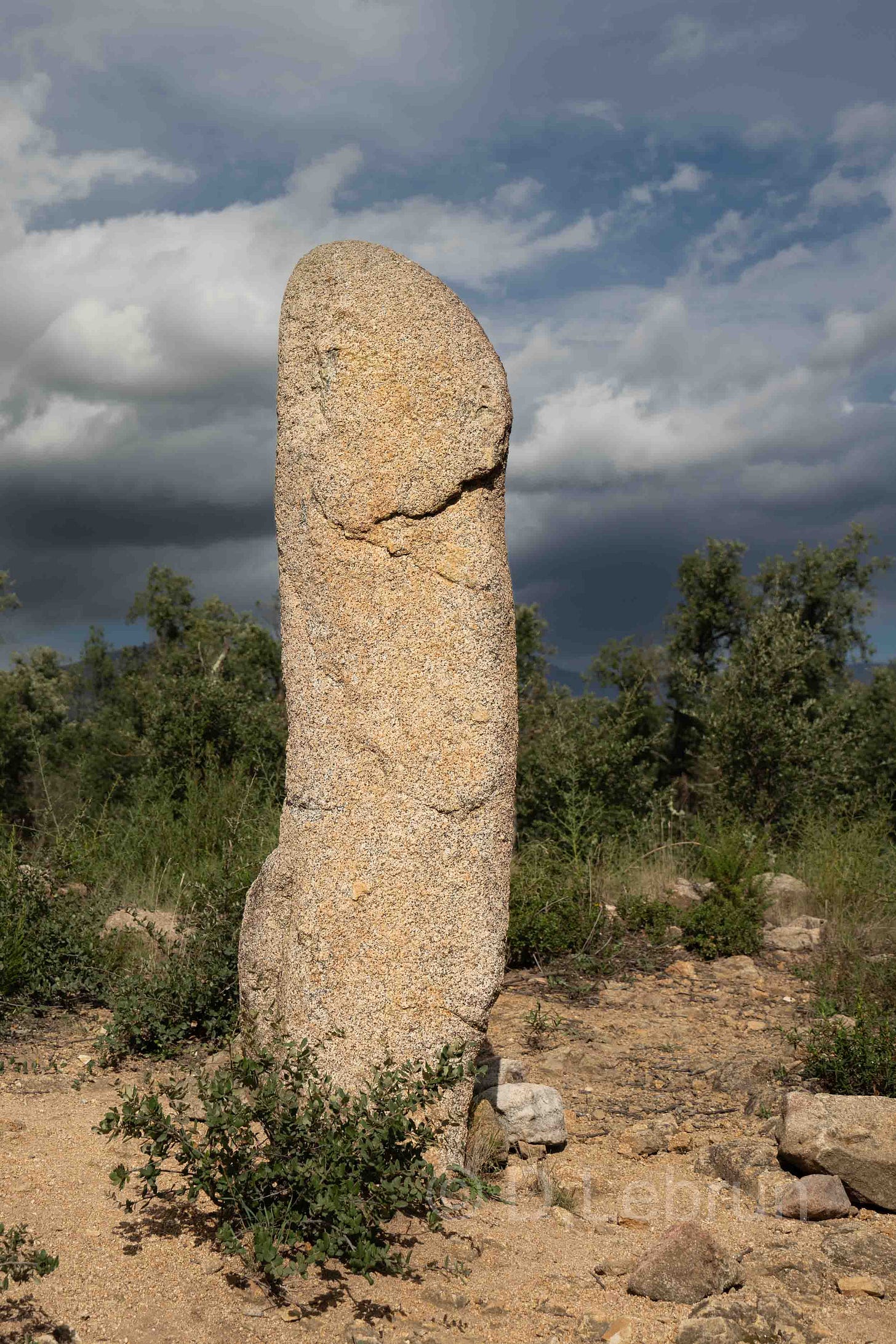
Many thanks to the proof-readers Lorna (English), Cathy (French) and Britta (German). Translated from German by Deepl.
Sources:
Claudine Cohen “La femme des origines. Images de la femme dans la préhistoire occidentale, Éditions Herscher, 2003.
Joanne Foucher “Unsere heimischen Göttinnen neu entdecken”, Saarbrücken 2001.
Luisa Francia “Die Göttin im Federkleid. Das weibliche Universum bei Kelten und Germanen”, München 2010.
Marija Gimbutas “Göttinnen und Götter im Alten Europa. Mythen und Kultbilder 6500 – 3500 v. Chr.” Uhlstädt-Kirchhasel, 2010
Fred Pearce “A Trillion Trees: How We Can Reforest Our World”, 2021.
https://www.foretsanciennes.fr/quest-ce-quune-foret-ancienne/foret-primaire/
https://www.parcsnationaux.fr/fr/des-connaissances/foret/les-forets-anciennes
Dévoreuse de forêts, la centrale de Gardanne reçoit encore une aide de l’État, Reporterre, 20 janvier 2025.
Pourquoi un arbre centenaire a-t-il été abattu dans le quartier de Casselardit à Toulouse ? La Dépêche, 23/08/2024.



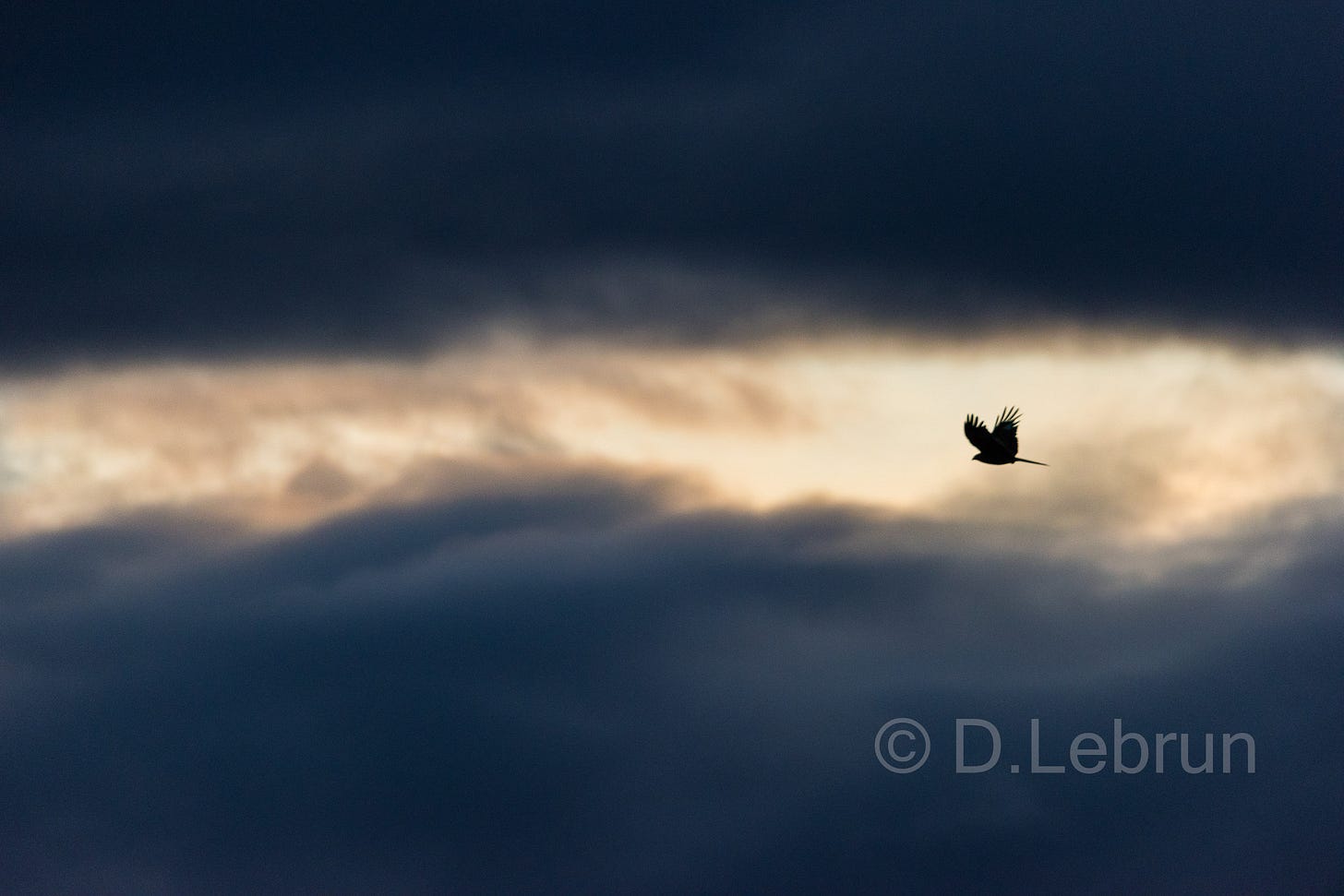
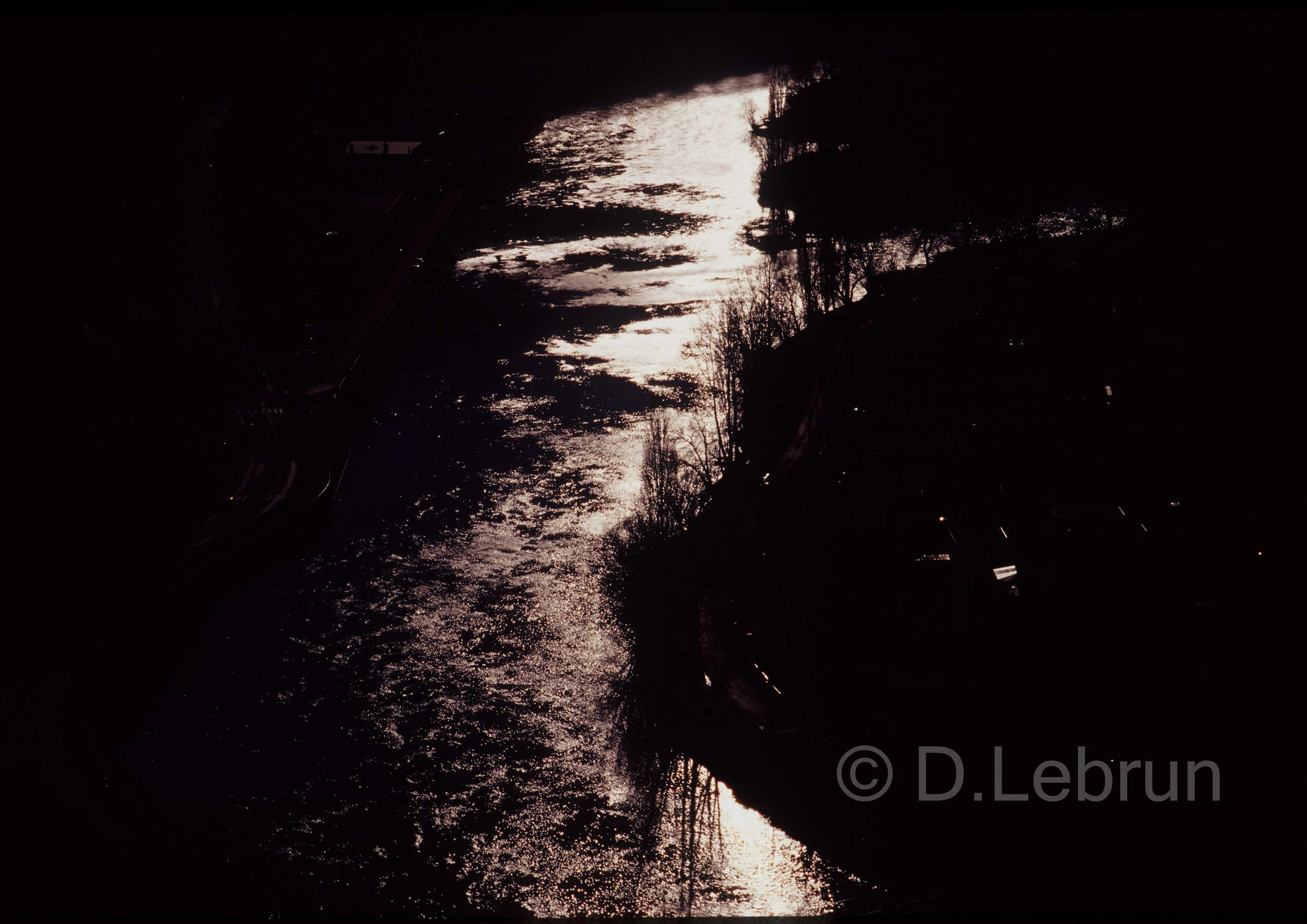
Thank you for this extraordinary post, both well-written and with powerful message that resonates with me. And photos breathing your convictions I'm going to subscribe!